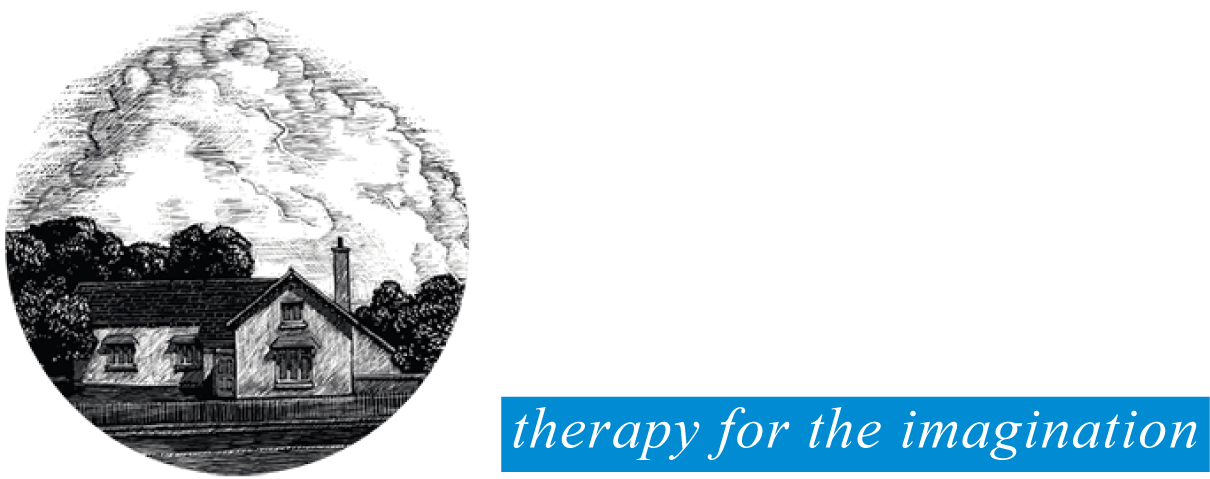SINEAD LAWLESS| INDIRECT PAINTING
online tutorial Summary
Join artist Sinead Lawless for a foundational journey into the art of oil painting. This course demystifies the flexible, forgiving medium used by masters for centuries. You will master the core "indirect method," learning to build a painting through deliberate layers.
Begin by creating a detailed tonal underpainting, learning to mix values, tone your canvas, and establish a strong composition in black and white. Then, refine your work by applying values dark to light, defining details, and using essential techniques like scraping back and blending edges. This process culminates in a finished monochromatic study, providing the perfect technical foundation for all your future color work. Build the skills and confidence to create beautiful, lasting artwork.
Course Preview
Course FAQ
-
The blocking-in process: How to apply pre-mixed grey values from dark to light to build form and volume.
Brushwork techniques: How to load your brush and apply paint effectively, and when to switch to smaller brushes for detail.
Working dark to light: The fundamental oil painting approach of establishing shadows first and adding highlights last.
Maintaining clean colours: The critical practice of thoroughly cleaning your brush between values to avoid muddy mixtures.
Making corrections: How to use a palette knife to scrape away paint and redefine shapes for accurate drawing.
Managing edges: The final step of blending with a clean, dry brush to create soft transitions and hard edges, enhancing the sense of three-dimensional form.
The complete workflow: From a basic tonal wash to a finished, detailed monochromatic underpainting ready for colour glazing.
-
Paints:
Titanium White
Ivory Black
Brushes:
A range of flat brushes in different sizes (e.g., sizes 2, 4, and 6 are used in the demo).
Painting Surface:
Canvas paper or oil paper pad (specifically designed for oils; do not use cartridge paper).
A primed canvas or panel would also be suitable.
Palette & Mixing:
A flat palette made of wood, glass, or disposable paper. (Palettes with compartments are not suitable).
Palette Knife for clean mixing and scraping.
Solvents & Mediums:
Solvent such as Gamsol, Sansodor, or a plant-based alternative (like Michael Harding's Miracle Medium base).
A jar for the solvent.
Rags & Clean-Up:
Rags or paper towels for cleaning brushes, wiping the palette knife, and removing excess paint from the canvas.
Key Techniques & Tips Mentioned:
Solvent is used sparingly, only for the initial toning wash and drawing. The rest of the underpainting uses paint with no medium.
The palette should be a neutral tone (not white) for accurate value judgment.
Do not use your best brushes for the initial drawing/toning stage, as it can be rough on the hairs.
-
Suitable for all levels - good understanding of the basic use of oil painting would be an advantage.
-
The course is composed of two videos, a combined total of 47 mins. Enjoy the benefit of being able to watch and follow along at your leisure for the duration of your access.
SINEAD LAWLESS| DIRECT PAINTING
online tutorial Summary
Join artist Sinead Lawless for a comprehensive guide to direct oil painting, or alla prima. This course is designed to build your skills from the ground up, beginning with the essential foundation of colour. You will learn to mix a vast spectrum of hues from a simple limited palette of Cyan, Magenta, and Yellow, understanding how to control hue, value, and chroma for perfect harmony. With your colours prepared, Sinead then guides you through the dynamic alla prima process on the canvas. You will progress from laying down a tonal imprimatura and blocking in major shapes, to blending edges and applying final impasto highlights. This course demystifies the entire process, empowering you to create vibrant, expressive paintings with confidence and a solid understanding of both colour and technique.
Course Preview
Course FAQ
-
Colour Theory & Mixing: How to mix a full spectrum of colours using a limited CMY (Cyan, Magenta, Yellow) palette and understand the properties of hue, value, and chroma.
Palette Preparation: The methodology for setting up your palette, managing your paint, and using different whites effectively.
The Imprimatura Technique: How to create a loose, tonal underpainting to establish light and shadow shapes on the canvas.
Strategic Blocking In: The process of laying down initial colour blocks, focusing on large shapes and correct values.
Expressive Brushwork: The use of different brushes to create textured, impasto marks that hold their shape and add energy.
The Art of Blending: When and how to blend edges between colours to soften forms while maintaining dynamic contrasts.
Adding Final Details: The technique of applying final highlights and details with thicker paint to enhance form and three-dimensionality.
-
Paints: Cyan (e.g., Phthalo Green), Magenta (e.g., Quinacridone Magenta), Yellow (e.g., Cadmium Yellow Pale), Titanium White, Zinc White.
Brushes: A variety of brushes, including synthetic brushes for control and bristle brushes for impasto work.
Surface: Canvas board or primed canvas (not paper).
Solvent: Odourless mineral spirits or turpentine.
Palette & Tools: Palette knife for mixing, a physical palette.
Rags & Roll: Blue roll (paper towels) or clean cotton rags.
Optional: Cotton buds for fine details.
-
Suitable for all levels - good understanding of the basic use of oil painting would be an advantage.
-
The course is composed of two videos, a combined total of 62 mins. Enjoy the benefit of being able to watch and follow along at your leisure for the duration of your access.










